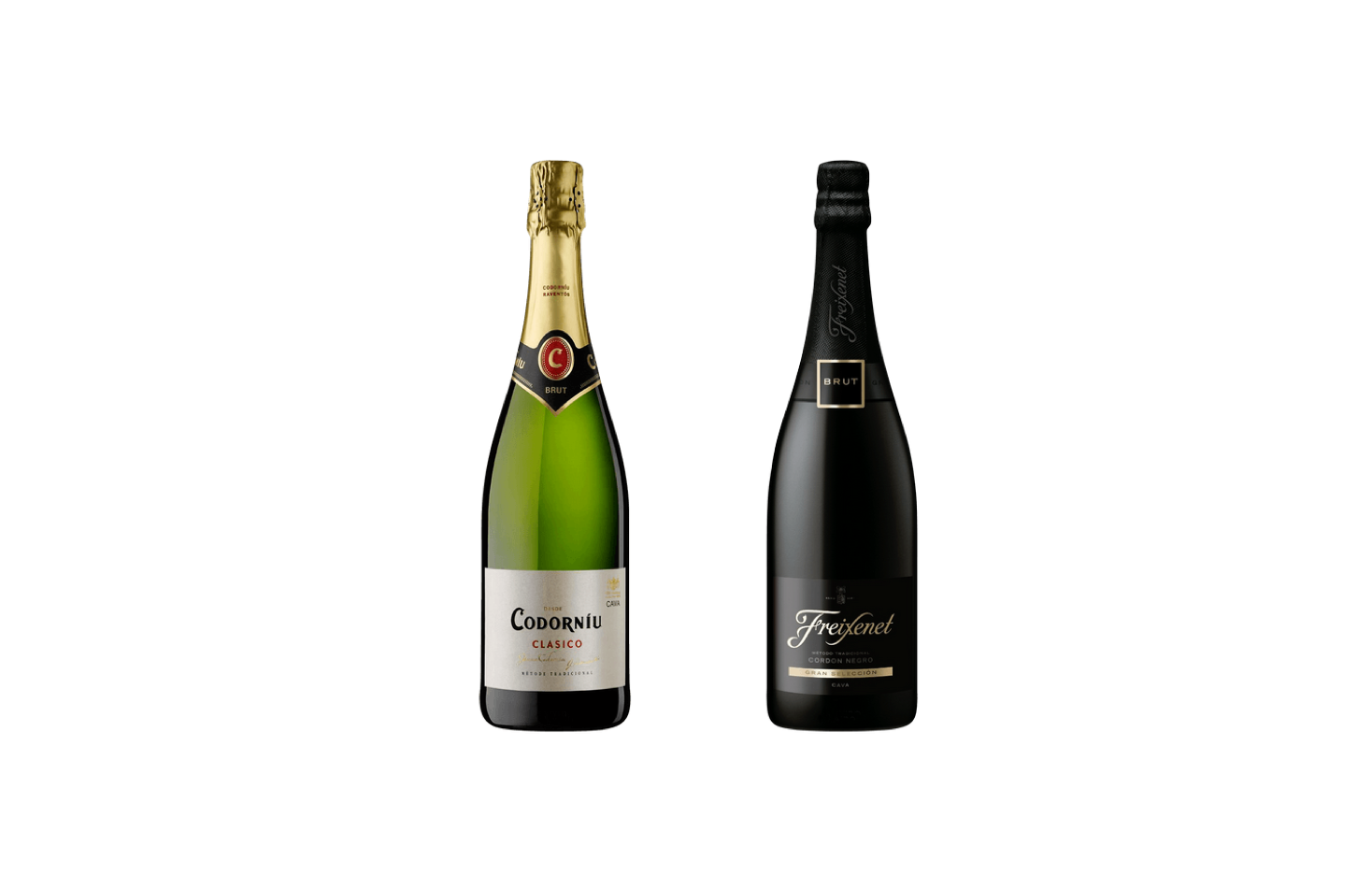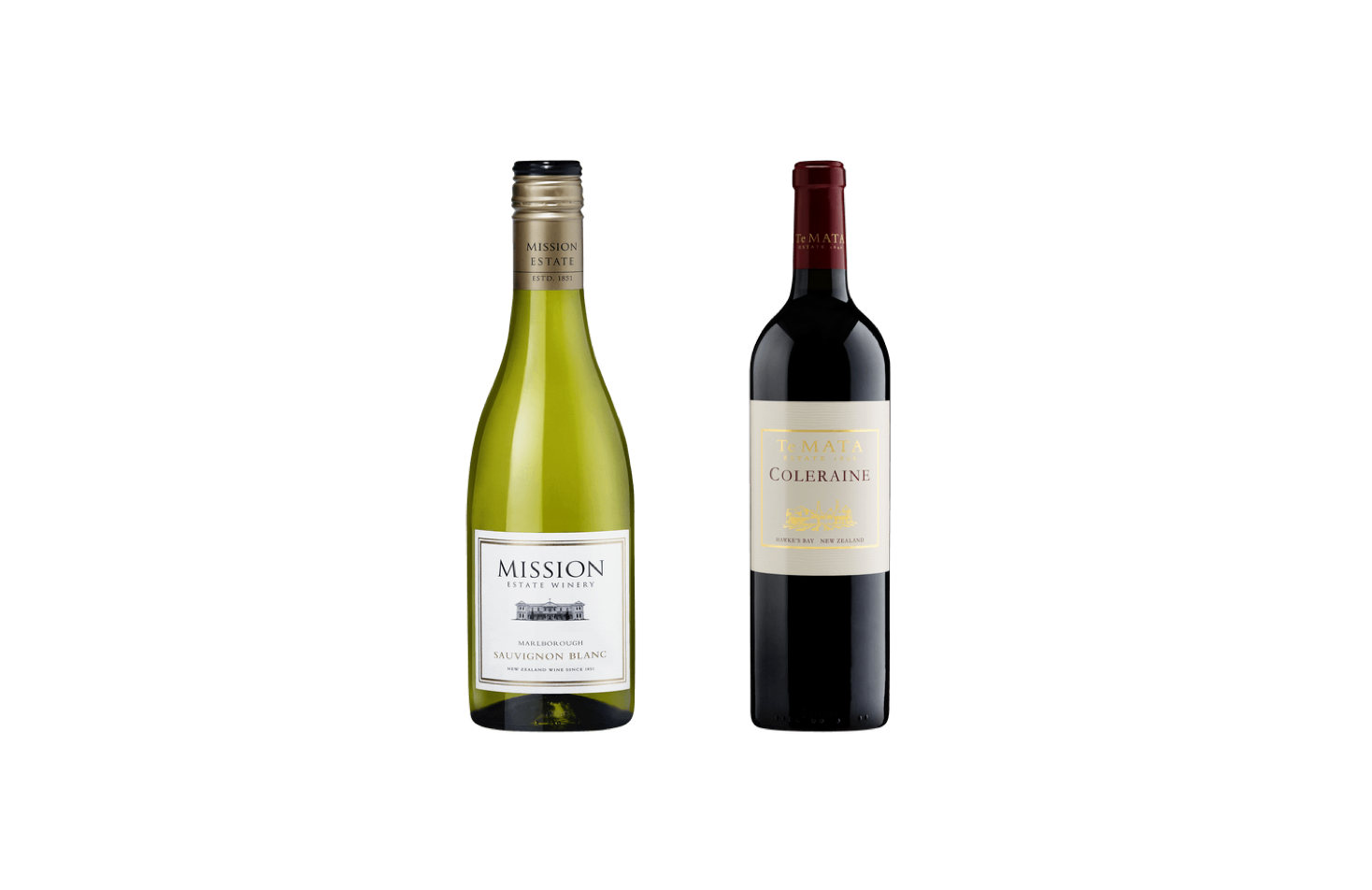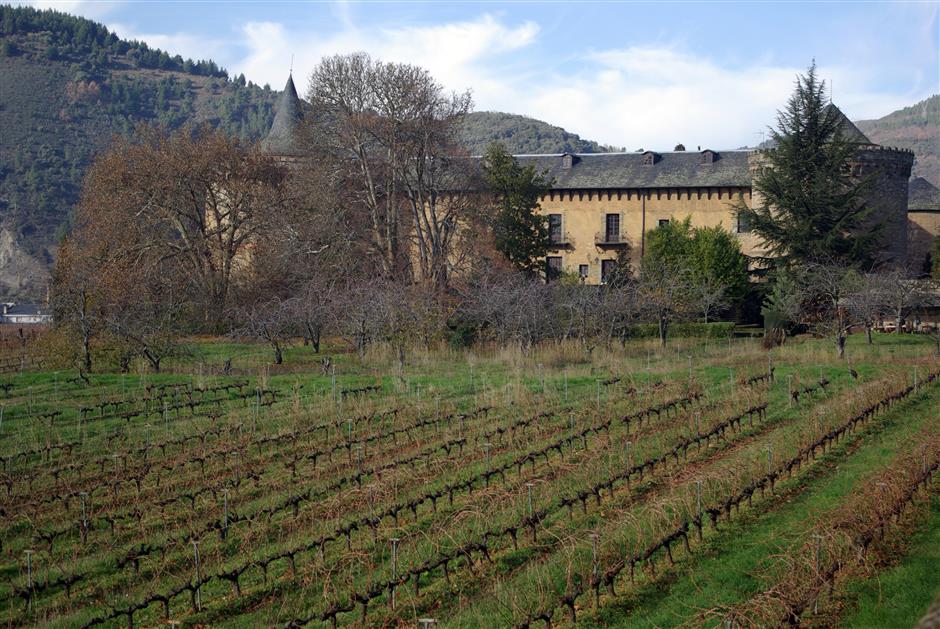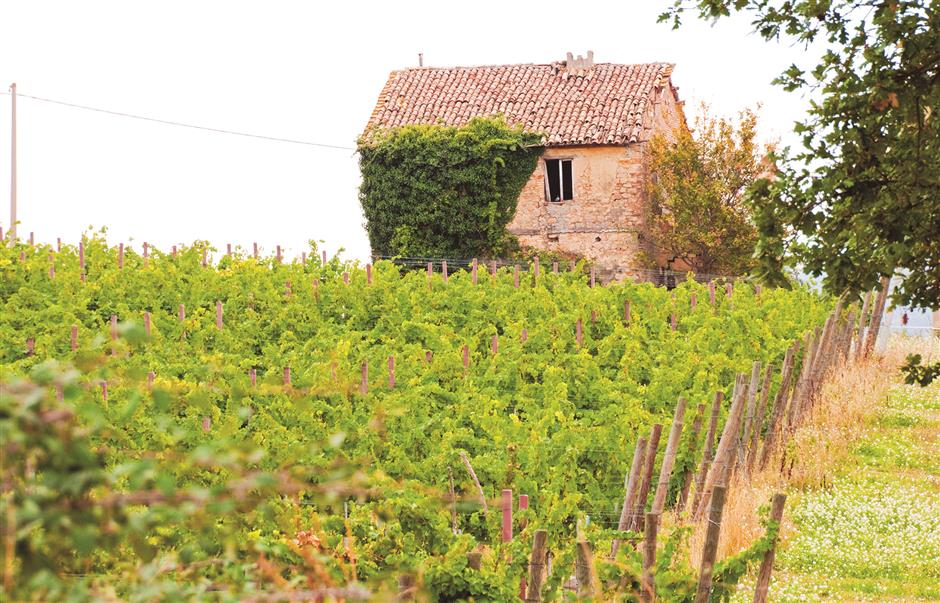My love for Champagne knows no bounds, unfortunately my budget is often more limited. What’s a lover of quality bubbles to do? The answer lies in Spain. CAVA is the name of Spanish wines made in the traditional or Champagne method where the second fermentation that gives the wines its bubbles happens in the bottle. We also call this bottle fermentation. Classy sparklers are made all over the wine world but perhaps the ones with the best price/value ratio are the CAVA wines of Spain.
Short history
Sparkling wines were first made in Spain in the mid 19th century but production was quite small and spread across the nation. After traveling extensively in France in the 1860s trying to sell the still wines of the Catalan Producer Codorniu, Josep Ravento returned to Spain and convinced the company to make a sparkling wine using the classic Champagne method but using local grapes. In 1872 the first real CAVA was made by Codorniu. Soon CAVA sparkling wines were capturing markets around the world offering a lower price alternative to Champagne wines.
The spiritual as well as commercial home of CAVA is in the Catalonian town of Sant Sandurni d’Anoia which is pretty unremarkable other than its home to the world’s two most important CAVA producers, namely Codoniu and Freixenet. Though Codorniu was first, Freixent deserves special mention as it has become a world leader in making and marketing sparkling wines. Selling in over 140 countries Freixent is the world’s largest producer of Champagne method sparkling wines, and what is more impressive is the high quality of their wines from entry level to premium sparklers.
Not Champagne
CAVA is made using the process of second fermentation in a bottle that was perfected in Champagne by the monks in the 17th century. But Champagne is a region and though in China sparkling wines are often referred to as Champagne, the truth is Champagne only comes from the relatively small French wine region of the same name. CAVA is larger than Champagne and the main grapes are the three local Spanish varieties Macabeu, Parellada, Xarel-lo while Chardonnay, Pinot Noir, Subirat can also be used. The first CAVA to use Chardonnay, one of the three varieties used to make Champagne along with Pinot Noir and Pinot Meunier, was made in 1981.
But what really differentiates CAVA from Champagne is price. Larger growing areas and advanced winemaking facilities and mechanization allow big CAVA producers to turn out more high quality sparkling wines than any other wine region in the world. In China this means that consumers can get a quality sparkler for less than half the price of Champagne. The best of the best of all sparklers are still the prestige cuvee of wines of Champagne, but the better CAVA and Italian Prosecco sparklers are catching up fast.
Celebration
The recent Euro Cup football tournament was a great success in China with many of my friends losing a lot of sleep to watch the national teams of Europe compete. Well football is not the only competitive game in Europe, the competition for best bubbles is also quite heated. Champagne is an historic contender but like its teams is also a bit over priced and the Prosecco of Italy is showing great promise but ultimately wilted under the pressure. The class and élan show by Spain is reflected in CAVA. In honor of Spain’s victory and to celebrate this hot summer, CAVA is the natural choice.
While some inferior producers of CAVA that hurt the reputation of the wine in the latter half of the 20th century, overall the quality of CAVA wines has dramatically improved over the last two decades. However it’s still important to pick the right producer. Three names in CAVA whose wines you can easily find in China are made by the producers Codorniu, Freixenet and Segura Viudas. Cordorniu has a range of nice modestly priced CAVAs and a new premium sparkler called Gran Reserva Gran Codorniu. Freixent has the widest range of CAVAs available in China including their flagship Cordon Negro, the world’s best-selling CAVA. The companies Nevada and Rosato sparklers are also fine values, the former being a very pleasant fruity CAVA and the later a flavorful rose. With a stylish thin neck and wide barrel-shaped bottle, not unlike those of Krug, the top-of-the-line Freixenet Reserva Real is one of the finest CAVAs and outperforms many Champagnes that cost more. Segura Viudas, acquired by Freixenet a few decades ago, is another producer of note with a lovely premium sparkler Reserva Heredad with a medal crest that not only tastes great but also makes an impressive gift. Creative marketing
The superior price quality ratio of CAVAs have certainly played a major role in their success around the world, but so has some of the most creative marketing in the wine world. Whenever you travel in Europe and in the Americas you are sure to see innovative campaigns promoting CAVA to new generations of wine lovers. At present there are several CAVA marketing campaigns in Europe but perhaps the most interesting id the Freixenet Girl (please use the proper name, confirm with Kat) promotion in Shanghai. Using their popular Weibo page the company is encouraging white collar professional women in Shanghai to participate in a search for the ideal young, successful and independent women who typify the fun and stylish qualities of Freixenet wines. This is interesting because it’s one of the first wine campaigns in China specifically targeting women, not men. But my experience in the wine world and elsewhere has taught me that wherever stylish, successful and fun women go, men with good taste are sure to follow. This bodes well for Freixenet and other CAVA producers in China.





